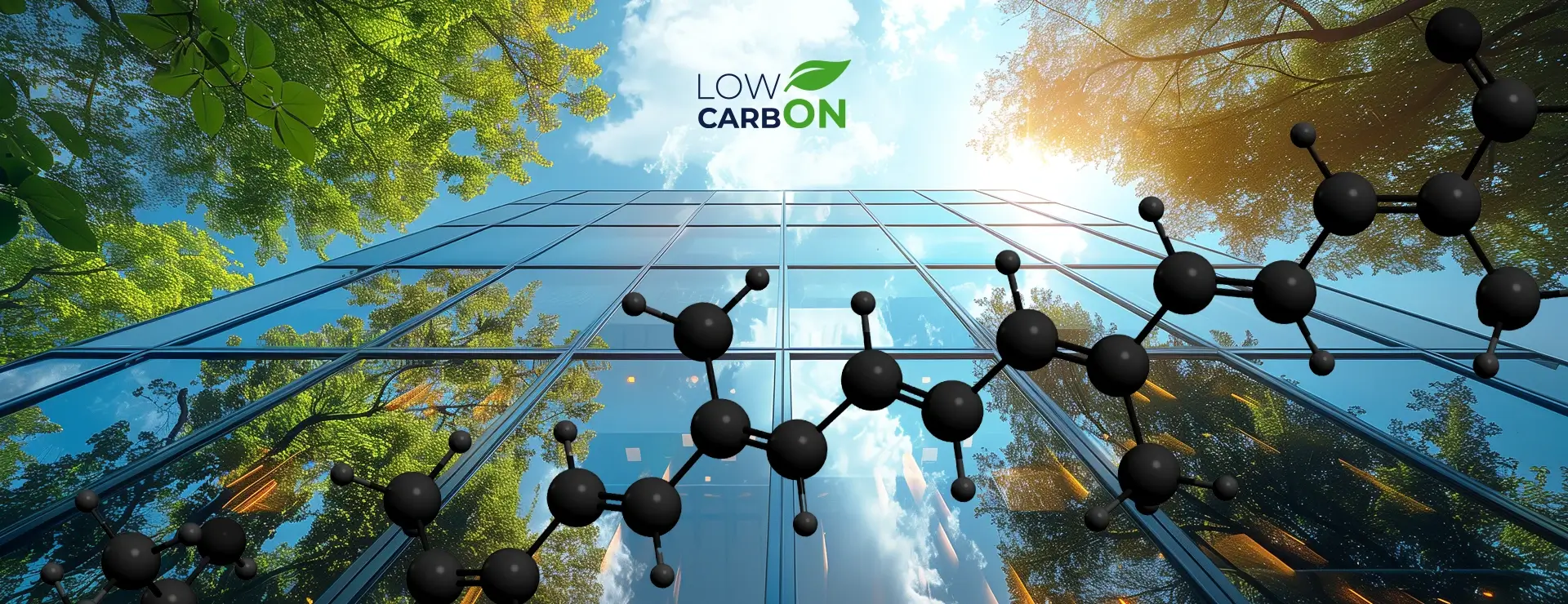

Aluminium is one of the most commonly used metals in modern construction. Why? The answer is simple: its many advantages make it the perfect material for both large structures (windows, doors, facades) and smaller elements, such as aluminium door fittings. Moreover, aluminium allows the development of more aesthetic and functional solutions that combine modern design with ecological efficiency.
The main advantages of this material include:
When we talk about reducing the carbon footprint in the context of aluminium use in the construction industry, we are talking about a range of issues: from production costs to energy efficiency to lifespan and recycling. Let's take a closer look.
One of the most important aspects of sustainable construction is the energy efficiency of buildings. In this context aluminium doors are the perfect solution. Thanks to the use of modern production technologies and insulating materials, aluminium windows help to significantly improve the thermal insulation of buildings. This, in turn, translates into lower energy consumption, which is key to reducing carbon dioxide emissions.
It is also worth mentioning that aluminium doors ensure high resistance to weather conditions, which makes them long-lasting and does not require frequent repairs or replacement. In comparison with other materials, aluminium not only saves energy, but also reduces the costs associated with building maintenance in the long term.
Modern architectural designs are increasingly based on environmentally friendly structures and materials. An example of this is aluminium-glass facades, which not only look impressive but also support environmental goals. Aluminium, being a lightweight and resistant material, allows the creation of large-scale structures, giving architects a lot of freedom in design. Aluminium-glass facades also maximise the use of daylight, which in turn reduces the need for artificial lighting in the building, allowing energy consumption to be reduced.
One of the most important arguments for the use of aluminium products in sustainable construction is its recyclability. It is estimated that up to 75% of all aluminium produced is still in use thanks to recycling. This process requires only 5% of the energy necessary for the original production of the metal, which significantly reduces the carbon footprint of aluminium.
Modern technology allows the designing of sliding doors that are not only aesthetically appealing but also extremely functional. Aluminium sliding doors are growing in popularity because they combine the functional advantages of aluminium with modern design. Thanks to their structure, they allow space savings and better interior lighting, which in turn translates into greater user comfort.
In the context of sustainable construction, it is also worth paying attention to smaller elements of the structure that have a significant impact on a building's environmental performance. One example is the aforementioned window and door fittings, which also contribute to reducing the carbon footprint thanks to their resistance and strength. High-quality aluminium fittings do not require frequent replacement, and their production and maintenance generate less waste compared to other materials such as steel or various plastics.
Aluminium plays an important role in modern sustainable construction. The use of this material in the production of windows, doors, and facades is not only a step towards eco-friendly buildings, but also energy and natural resources saving. The high-quality aluminium systems for windows and doors that we produce at Aluprof are reliable and at the same time support the reduction of the carbon footprint.
Discover our range and choose reliable doors and windows for your home.
Modern construction is increasingly guided by the principles of sustainable development. Investors, architects, and developers are turning to solutions that not only improve user comfort but also minimise the environmental impact of buildings. In this context, international green...
With global climate change, reducing the carbon footprint is becoming one of the most pressing challenges for the construction industry. From material production to use and recycling, every stage of a building’s life cycle has an impact on the environment. This is why we need sol...
Sustainable design is a topic that is being discussed more and more often, with a focus on energy saving and environmental awareness. Nevertheless, investors remain skeptical because of the numerous myths surrounding sustainable construction. Let’s explode the five most common mi...